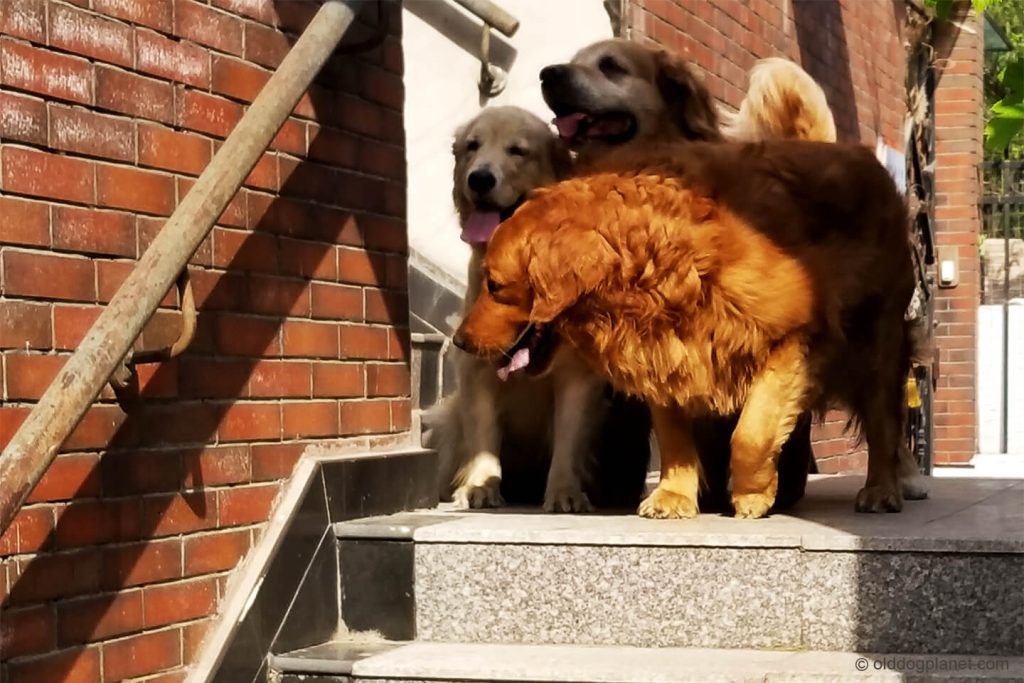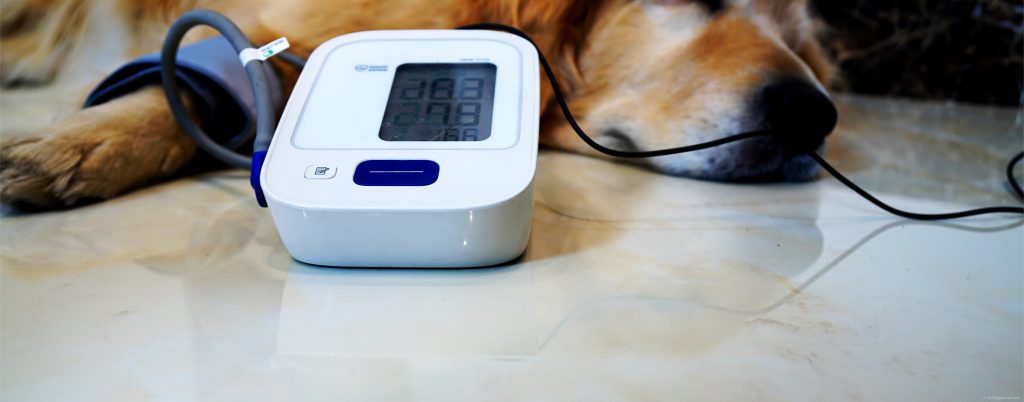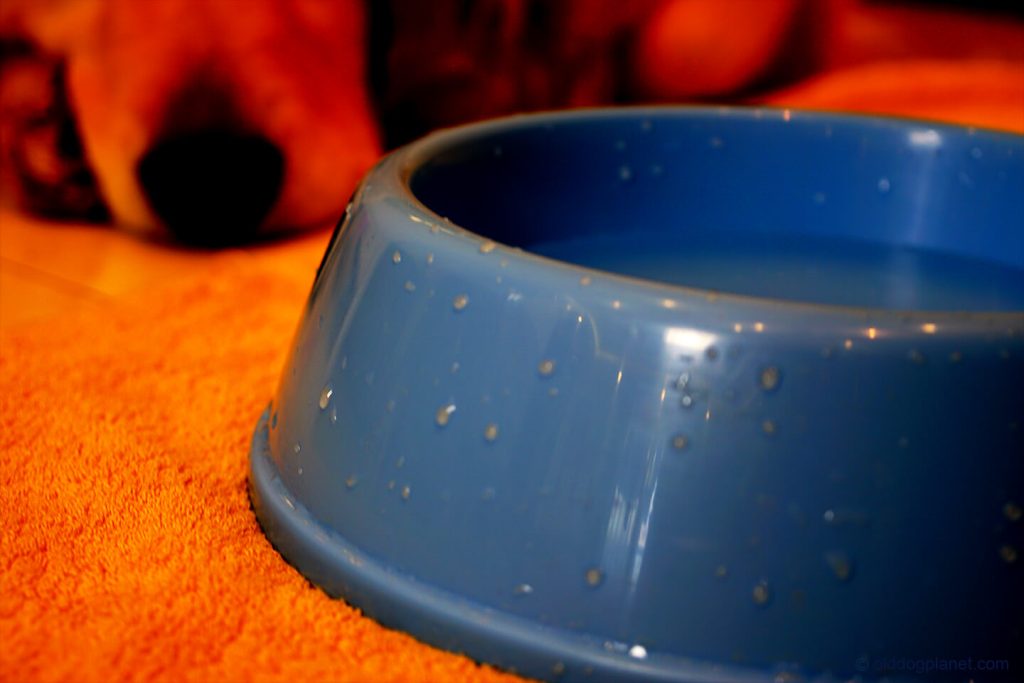Table of Contents
ToggleMany dog owners are baffled as to how to get an old dog up stairs. The following are the most common reasons why the old dog is unwilling to go up the stairs, struggles to go up the stairs, or lingers in front of the stairs:
Causes of struggles to go up the stairs
-
Slippery Footsteps
The footsteps are too hard, slippery and steep to walk on
-
Slippery Paw pads
Friction is reduced as the pads of the old dog's paws wear down
-
Joint Hurts
The old dog's joints hurt when going up and down the stairs
-
Fear Of Stairs
The experience of falls has made the dog fearful of going up and down stairs
As a result, you should inspect your staircase, all of your dog’s paw pads, and
whether your dog has joint disease. If there are any issues with these areas,
improving them will undoubtedly help your old dog re-adapt to going up and down
stairs. Here are specific improvement guidelines:
Soften the stairs

We can’t modify the slope of the stairs, but we can make the floor of the stairs softer and more frictional. Carpeting is the first solution that pops into everyone’s minds. But carpeting can be costly and hide your favorite wood patterns, know that it is not the only option; you can also use removable self-adhesive stair treads carpet with a soft and non-slip plush fabric.
The back of the tread, which made of rubber or latex material with adsorption capacity rather than glue, is similar to an octopus’ tentacles in that it can firmly adsorb the smooth ground, ensuring that your old dog and your family can safely go up and down the stairs. When it comes time to clean these stair treads, all you need is a vacuum. When you don’t want to use them, picking them up directly from the stairs is just as simple.
Restore the friction of the paw pads
If you look closely, you can see that an old dog’s paw pads are not covered with rough particles like a young dog’s pads, but are so worn that the part that touches the ground is smooth and even reflects light like a mirror. It’s a sign of aging, and no matter how good your dog’s diet and nutrition are, the pads will wear out eventually.
Excitingly, there is always a group of brilliant creators capable of developing new and effective products to improve the quality of life of old dogs. Here are three useful products that you can try based on your old dog’s current situation.
Solution 1: ToeGrips
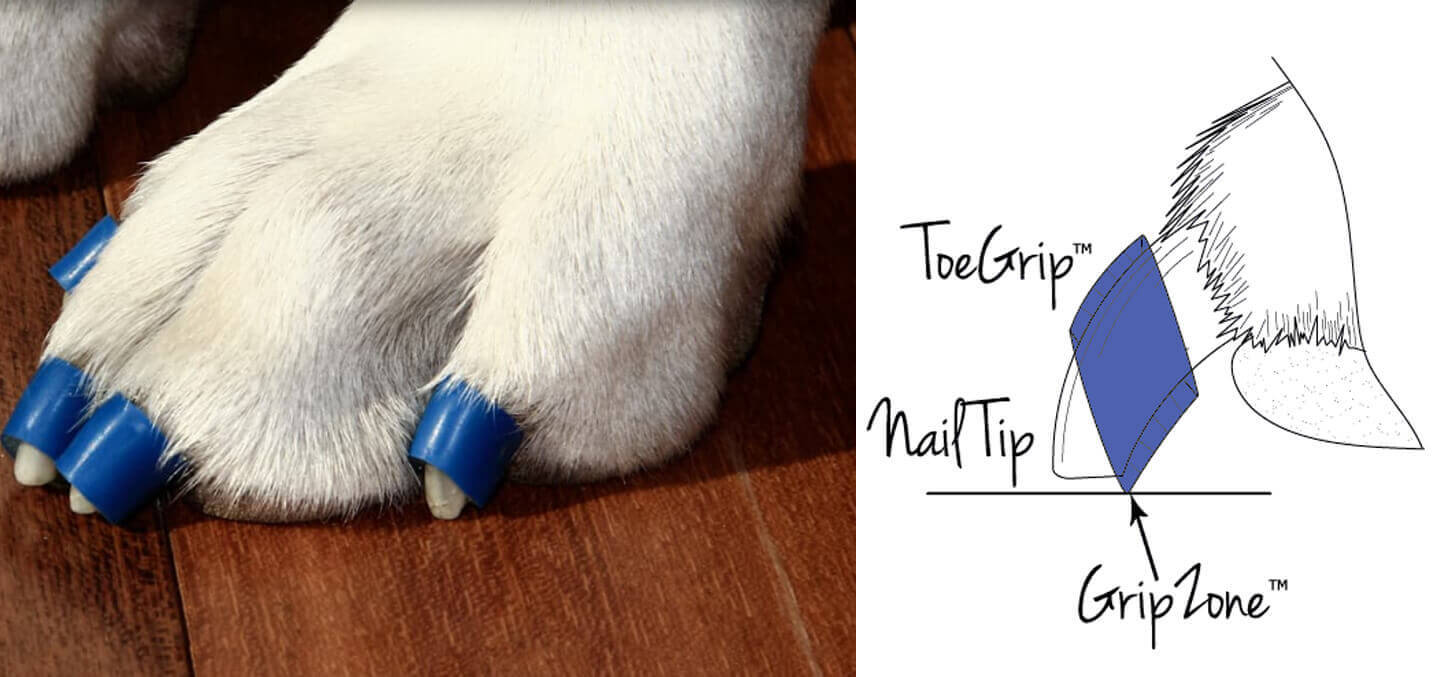
This is a kind of nonslip grips that fit onto dogs’ toe nails, similar to tight soft rubber rings on the finger tips, to restore instant traction on hard-surface floors and stairs. ToeGrips is easy to use by simply attach the small rings to each of the dog’s toe nails and ensure that each one is firm and tight. When the dog stands, walks, and goes up and down the stairs, these grips with high friction will replace the dog’s fingernails on the ground, preventing the dog from slipping even if the dog’s pads lose friction or the ground is smooth and hard.
According to user feedback, there are several details to keep in mind while using this product:
-
Measure Before Buying
it's best to measure each nail before buying. According to user feedback, each dog should purchase at least two different sizes of grips for different sizes of nails.
-
Risk Of Being Eaten By Dogs
Naughty and curious old dogs may nibble on these brightly colored grips, which appear to be tasty. When your dog is out of your sight for extended periods of time, such as before going to bed, it is best to remove these grips and keep them out of the dog's reach in a safe place.
Solution 2: Anti-slip paw wax/spray
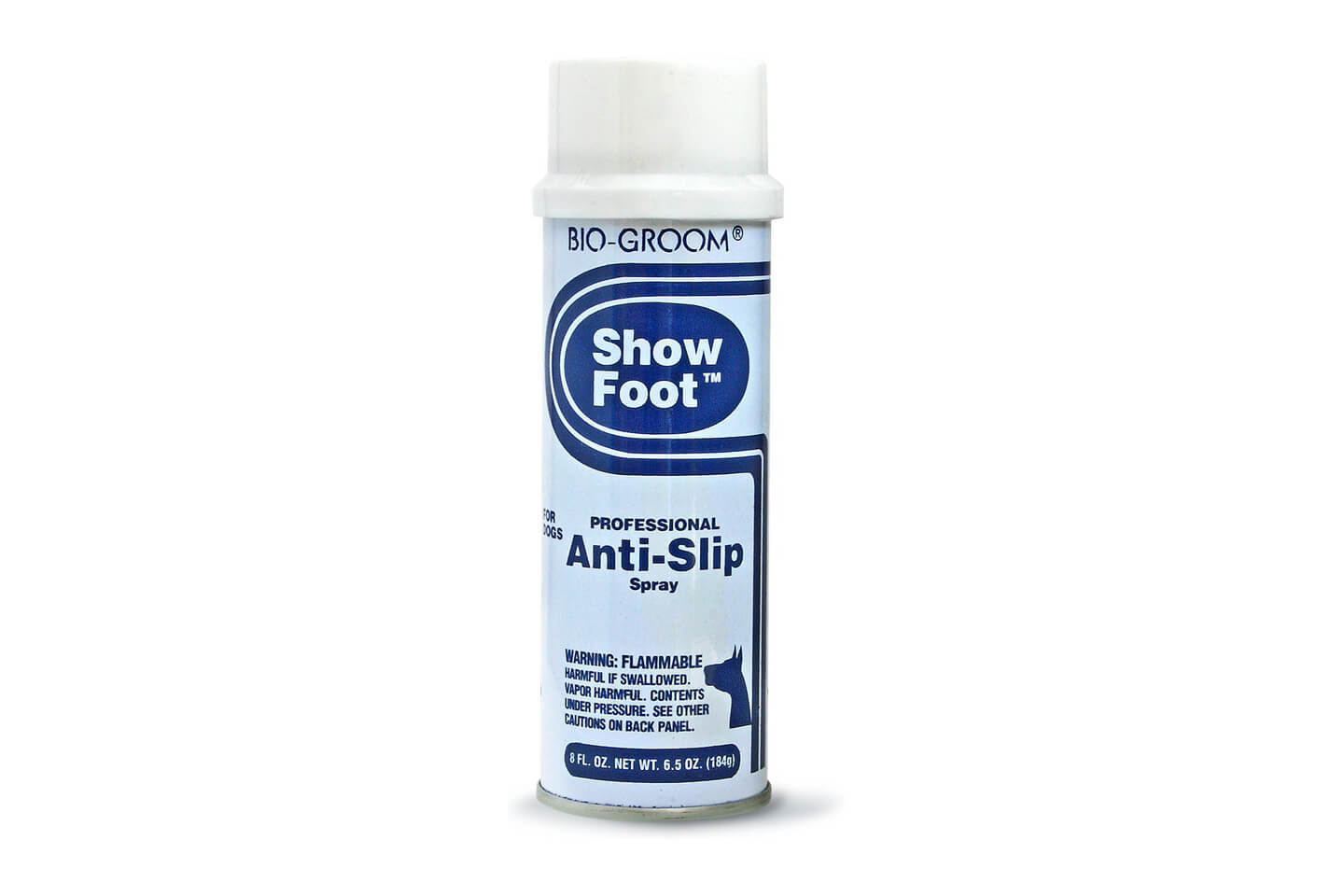
This is a classic product that applies or sprays friction-increasing wax onto the dog’s paw pads to give them a tacky feel. Typically, these products are water resistant and inexpensive, and they are simple to use. According to actual user feedback, there are several details that must be considered when using this product:
-
Apply Every 24 Hours
The anti-slip effect lasts only 24 hours and must be applied or sprayed at least once per day.
-
Cleaning More
The wax adheres easily to dust, mud, and stained floors and carpets. If you don't want to get dirty indoors, it's best to clean more frequently or keep your dog out of rooms with difficult-to-clean surfaces.
Solution 3: PawFriction Kit
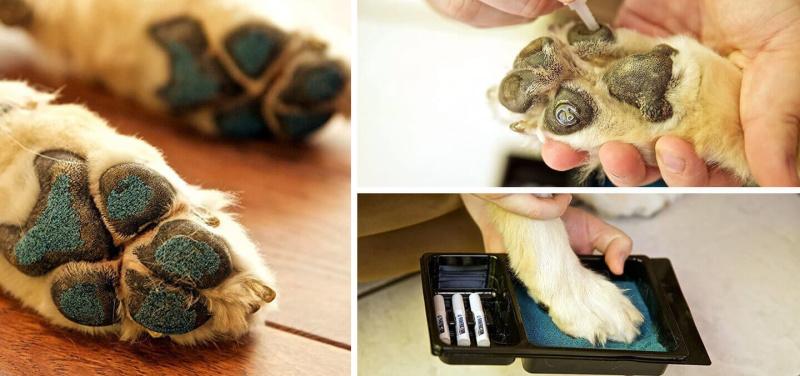
This is a blue rubber powder that sticks to the dog’s paw pads with medical glue to provide extra friction. According to user feedback, each adhesion can last for 7-10 days. When replacing new rubber powder, scrape off the residual rubber powder on the dog’s paw pads with your fingernails, and then re-apply medical glue and adhesive rubber powder. Each PawFriction Kit includes the following items:
- 2 oz. of PawFriction granules
- 1 PawFriction Dog Paw application tray
- 4 Medical-grade adhesive applicators
Is PawFriction safe for dogs? The PawFriction product description states that its rubber powder and medical glue are non-toxic. According to user feedback, there are several details to keep in mind while using this product:
-
Work Together
It is difficult to apply glue to the paws of a large dog, so the two should work together. One man lifted the dog's feet, while the other applied glue and powder.
-
Pad By Pad
The glue will dry in a minute. It is advised that the big dog's paws adhere to the powder immediately after applying glue to a pad. And repeat the process pad by pad.
-
Blindfolded & Step In
Do not force the dog's feet to step to the powder in the tray after applying the glue. Before applying glue, it is best to cover the dog's eyes with a piece of cloth. Following the application of the glue, one person holds the tray firmly on the ground while the other person's hand loosens the dog's paw, allowing the dog to step naturally into the tray (the dog will avoid the tray and step on the ground if not blindfolded)
Relief the joint pain
Even if the dog’s paw pads restore friction, he will refuse to go up and down the stairs if he is in pain from arthritis. Arthritis is a common chronic condition in older dogs, particularly in medium and large breeds such as German Shepherds, Labrador Retrievers, and Golden Retrievers.
Don’t expect your dog’s arthritis away overnight, which is a chronic disease that requires long-term medication to control its progression.
A large number of dog owners have found Glucosamine, Chondroitin Sulfate, and Omega-3 (fish oil) to be effective in relieving arthritis pain over time. Please refer to this blog post for the dosage (at the end of the blog post).

